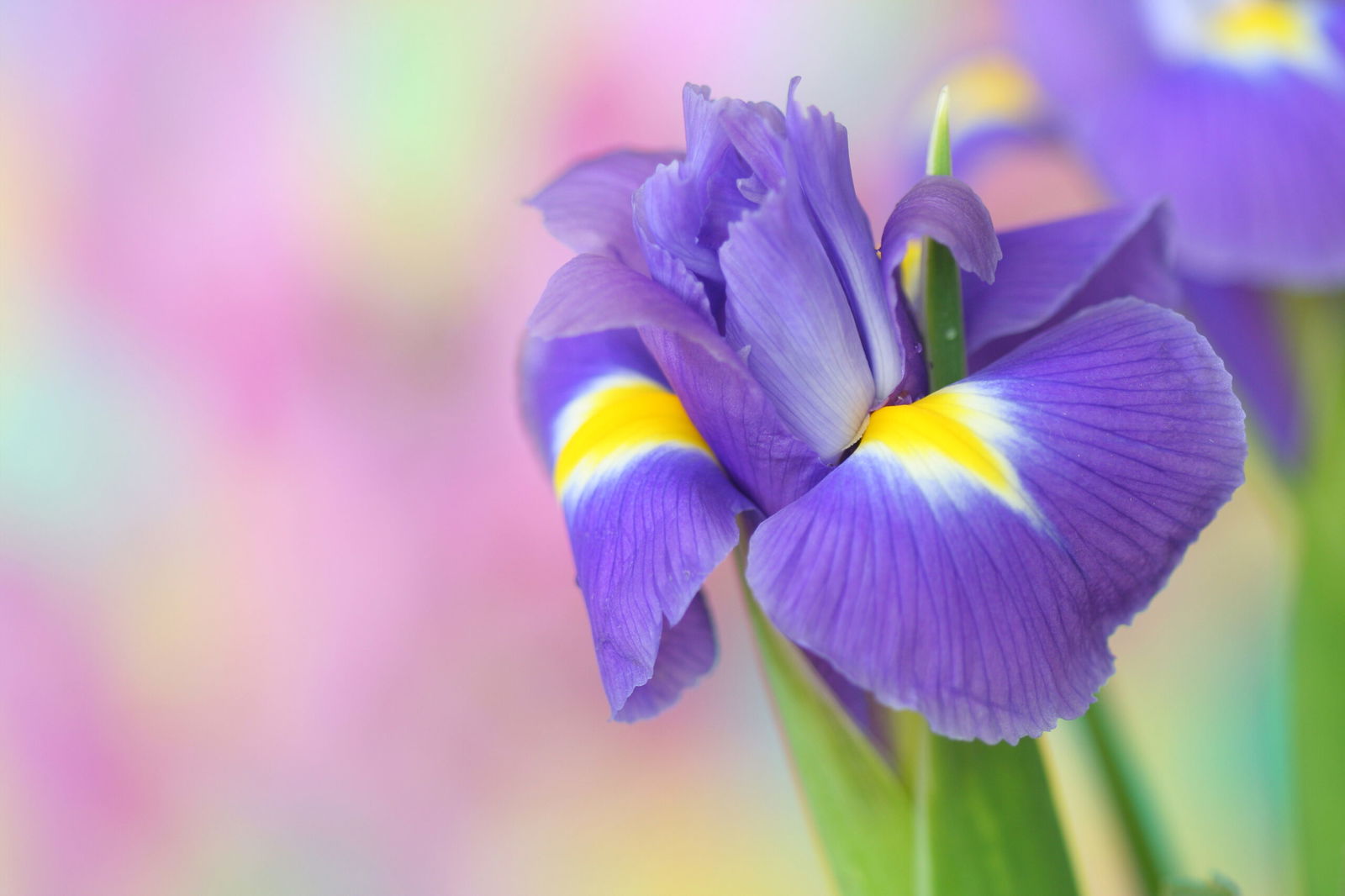Divide, multiply to add garden beauty with irises

By My Courier-Tribune
Irises grow easily in the garden, however, gardeners should give the flowering-plants attention in August, says experts.
By dividing and replanting clumps that have become too large, gardeners can increase spring displays, said University of Missouri Extension horticulturist David Trinklein.
Clumps can be rejuvenated by dividing the rhizomes into small sections. A rhizome is a thickened stem that grows horizontally at ground level or just below the soil’s surface, said Trinklein. They grow slowly during July and August.
“Dig, divide and transplant during these months,” reads an extension office release.
For best results, experts suggest dividing irises every three to four years.
To divide, Trinklein prefers a sharp knife to trowels, spades or dull knives, which may open wounds that allow disease to enter, he said. Disease-infected rhizomes should be separated from healthy roots to prevent spread.
“Division of iris is the only way to propagate the plant to insure that new plants are genetically the same as the parent plant,” said Trinklein. Iris can be produced from seeds, but color and form may differ.
Tall bearded irises include a class known as reblooming irises. These cultivars bloom both in the spring and fall. They need regular division to rebloom, Trinklein said. “Do not expect blooms in the fall right after you divide clumps in August,” states the release.
When planting, place rhizomes horizontally at the soil’s surface. Rhizome tops should be visible when planted properly, said Trinklein.
“Spread out roots and point them downward. Three rhizomes may be set close together so they radiate outward if they are small. Space rhizomes 18 to 24 inches apart,” reads the release.
Cut back leaves to 2 to 3 inches when replanting.
“This is especially important if iris leaf spot, a common disease that weakens and disfigures plants, is present,” reads the release.
Keep iris bed clean, Trinklein advised. “Gather up and pull off any dead or diseased leaves. Before flowering, apply a fungicide containing chlorothalonil or thiophanate-methyl as its active ingredient to prevent or reduce iris leaf spot,” he said. “Follow label directions when using any pesticide.”
Irises do not grow well in shady areas. “This makes them subject to diseases and other problems. High soil fertility is not required, but irises benefit from a complete fertilizer high in phosphorus and potassium and lower in nitrogen,” states the extension office release.



